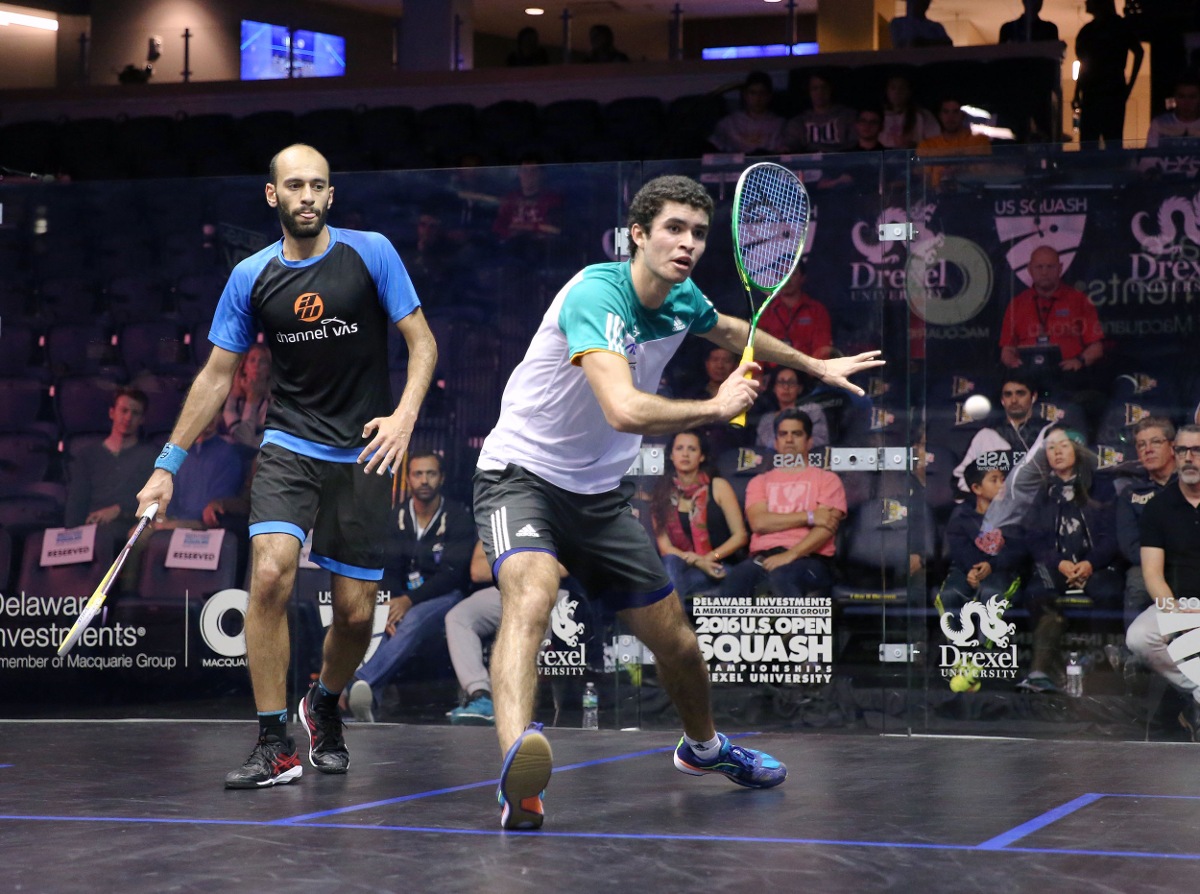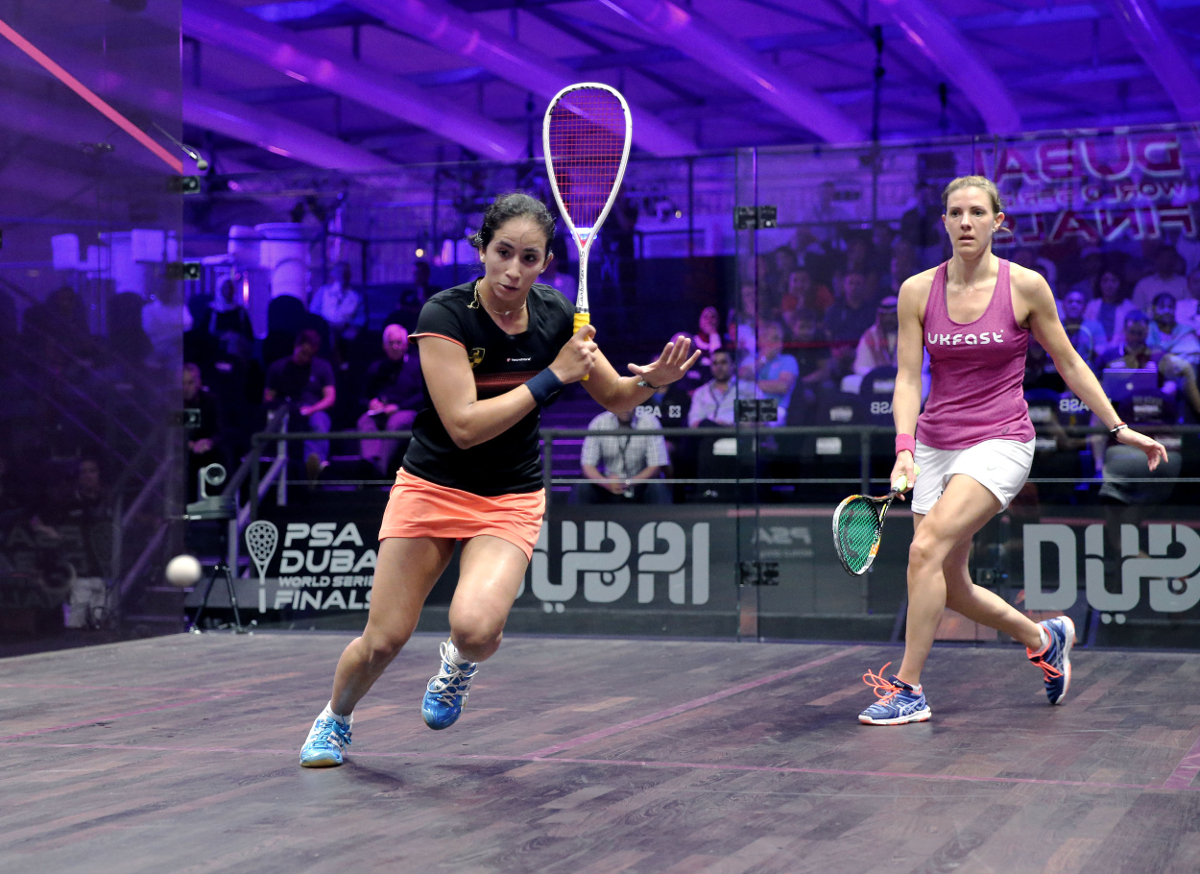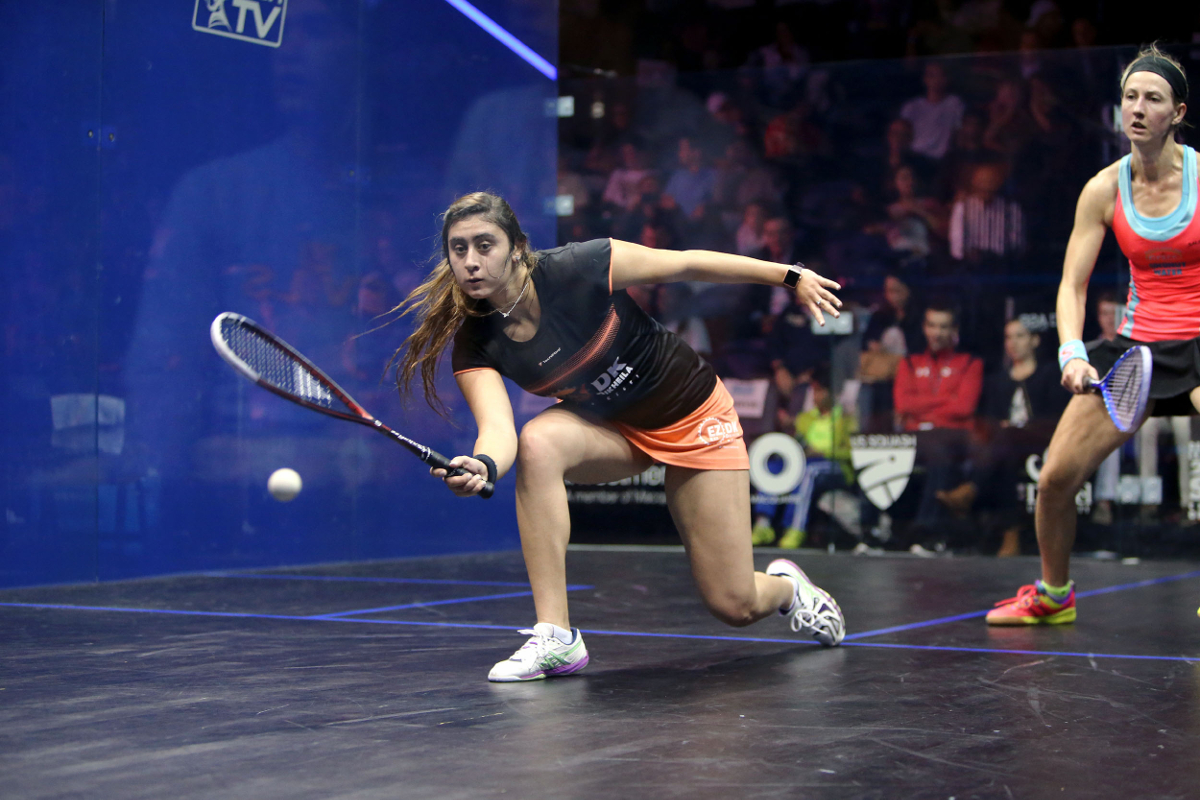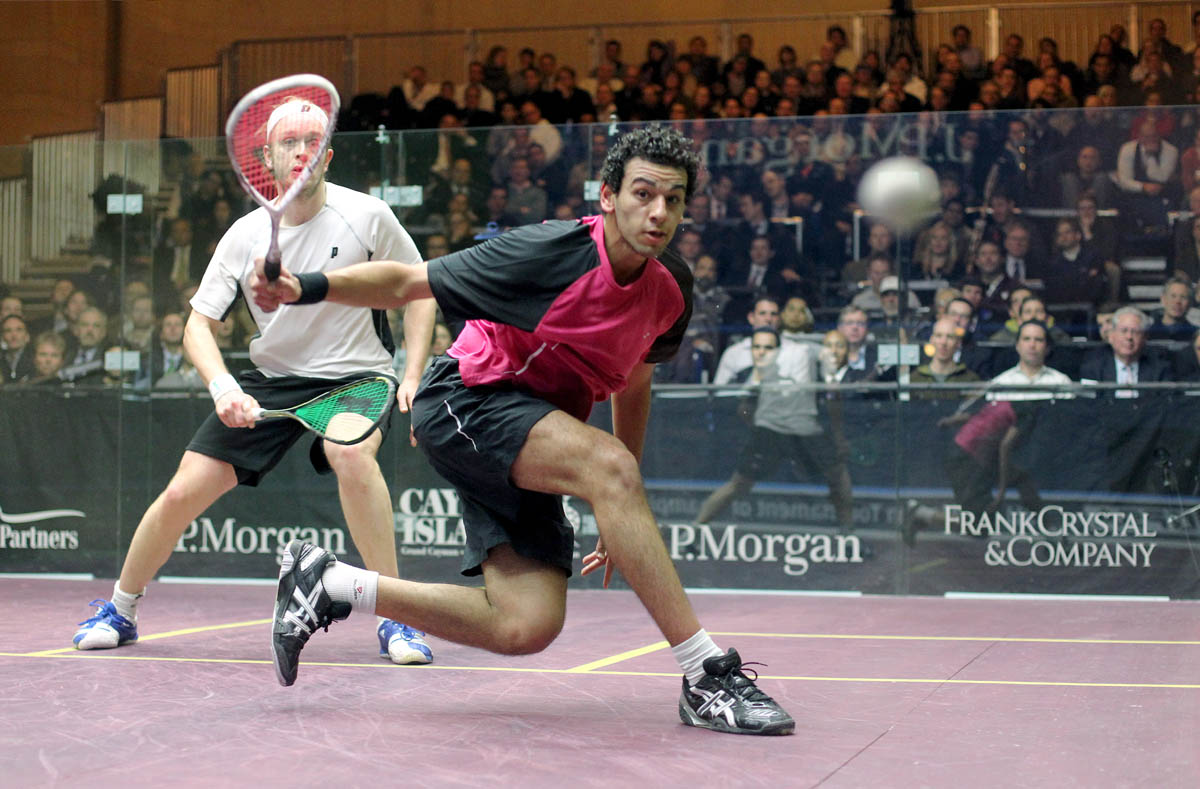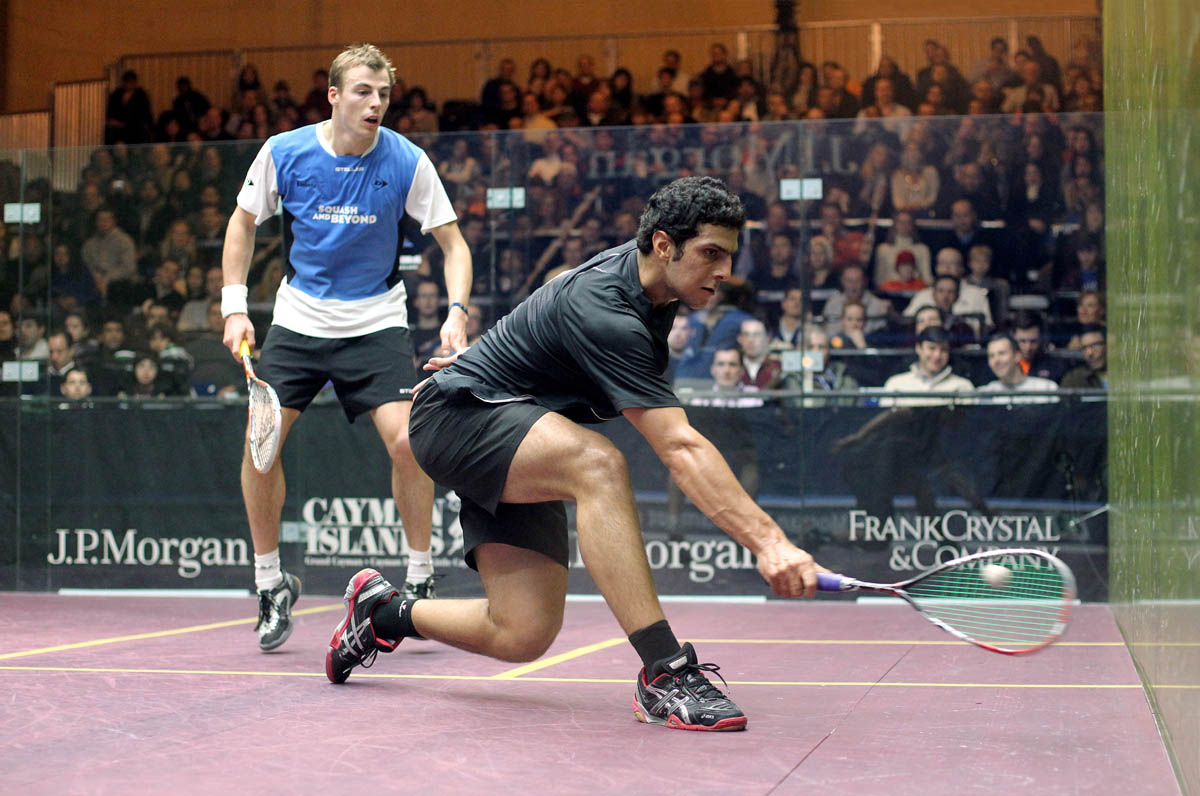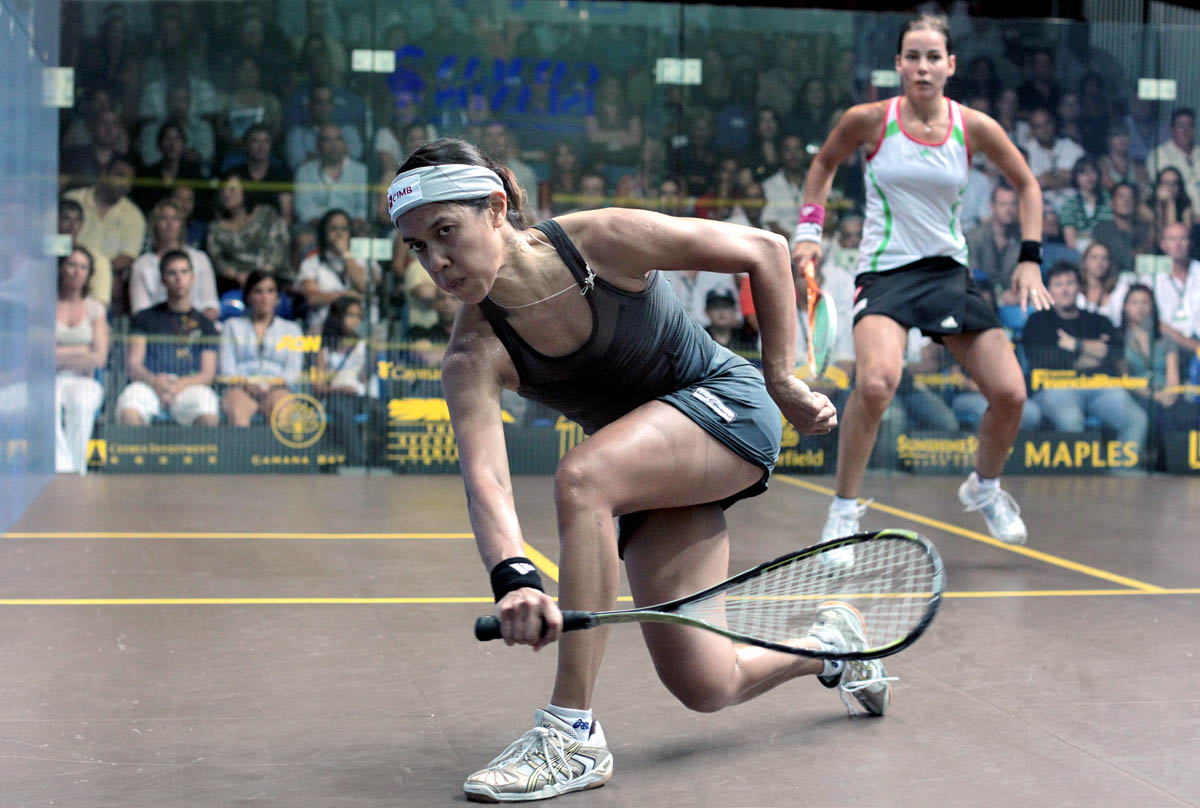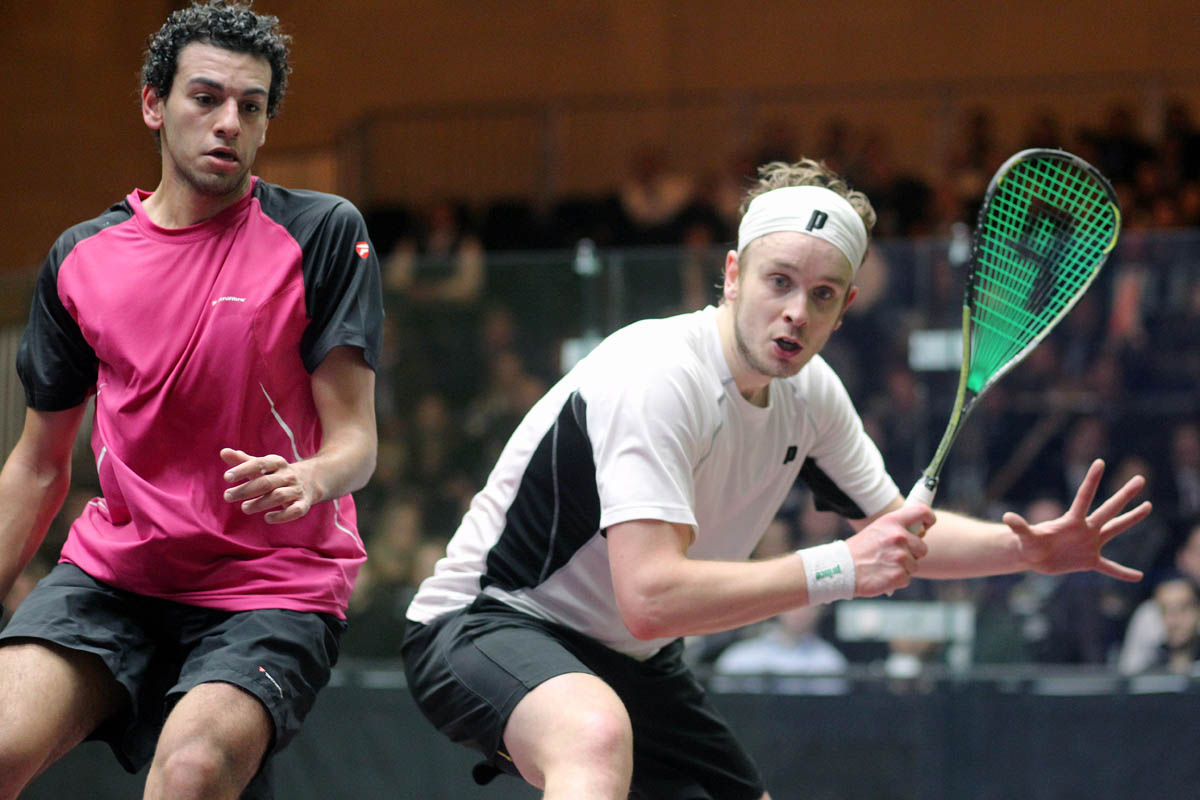The Forehand Open Plane Swing.
Introduction
The Forehand Open Plane Swing is not a singular basic technique but a basic swing which leads into three other basic swings. Consequently, there are no negative aspects (Cons). This is excluding non-basic techniques, that is, improvised techniques. The challenge for the player is to identify which swing to use.
Before opening the following videos, please visit Main Menu Technical.
The Forehand Open Plane Swing
The Forehand Open Plane Straight Drive, Cross Court Drive and Boast all use The Forehand Open Plane Swing's technique.
This occurs when the ball is between waist height and ankle height and the player wants to either straight drive, cross court drive or boast. Furthermore, the player if volleying uses the identical technique.
Initially, The Forehand Open Plane Swing is the swing that the player should adopt.
Definition and The BackSwing
The start of the backswing also leads into The Forehand Open To Closed Plane Swing, The Forehand Open Plane Restricted Swing and The Forehand Open To Extended Plane Swing.
The backswing encourages the player to take the ball early at and above waist height.
The Forward Swing
Although compact, the forward swing can be powerful when driving and delicate when lobbing and dropping.
The follow through encourages the payer to hit through the line of flight of the intended shot.
The Step Hit
When learning the swing, the player learns the importance of The Step Hit and step recovery.
Furthermore, the ball should be fed slowly when learning The Step Hit and step recover.
The Clock
A diagrammatical perspective that the player uses to assist when identifying the natural contact point for The Forehand Open Plane Straight Drive.
Furthermore, the natural contact point (regardless of quality) for the straight drive is relevant to the player’s position on the court providing the player squares the racquet face on contact and regardless of the height of the ball when being hit.
This perspective encompasses the ball’s approximate 3.30 o’clock time position (circumference) which is the general direction of The Step Hit the player has to take and also the player’s radius distance (the hand of the clock) of the Step Hit which is needed to contact the ball.

The Forehand Open Plane Straight Slice Drop (The focus is mainly on the arm and racquet).
Furthermore, when slice volleying the ball between waist height and knee height the technique is identical.
The Clock
The Clock is a diagrammatical perspective that the player uses to assist when identifying the natural contact point for The Forehand Open Plane Straight Slice Drop.
Remember, the natural contact point (regardless of quality) for the straight drop is relevant to the player’s position on the court regardless of the height of the ball when being hit.
This perspective encompasses the ball’s approximate 4 o’clock time position (circumference) which is the general direction of The Step Hit the player has to take and also the player’s radius distance (the hand of the clock) of the Step Hit which is needed to contact the ball.
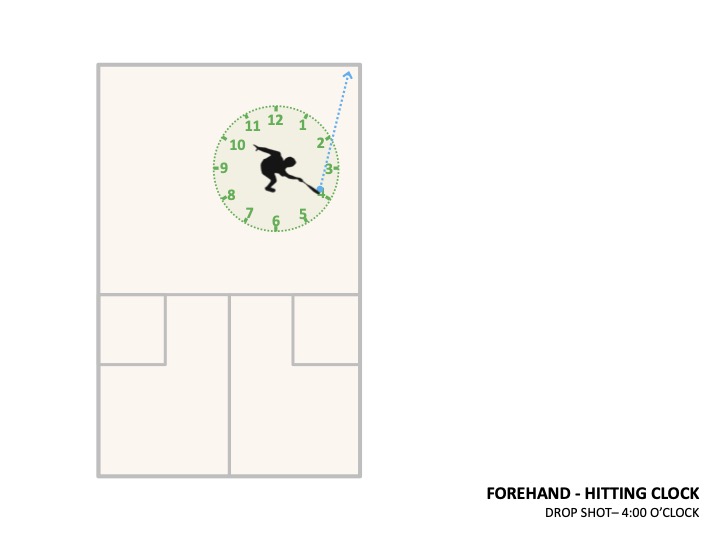
Introduction - The Definition
Part 1
The Forehand Open Plane Straight Slice Drop is defined as after identifying that the ball is on the forehand side the player reacts with The Forehand Open Plane’s backswing. The player leads the racquet head on the backswing by opening the racquet face to an angle between 30 and 45 degrees and maintaining the angle prior to the forward swing beginning.
The player commences the forward swing with a measured (slow) and steep throwing action by leading the elbow while simultaneously opening the racquet face to an extra angle of approximately 10 to15 degrees to a total angle between 40 and 60 degrees before attempting to return the racquet face to the original angle between 30 and 45 degrees at contact.
The Back Swing
Part 2
The start of the back swing is simplistic allowing the player to quickly find the angle of the drop
The Forward Swing
Part 3
Slightly opening the face at the start of the forward swing to an extra angle of approximately 10 to15 degrees before returning the racquet face to the original angle between 30-45 degrees at contact allows the player to have a natural follow through.
The Forehand Open Plane Swing Straight Slice Drop
The Clock
Part 4
The Clock a diagrammatical perspective that the player uses to assist when identifying the natural contact point for The Forehand Open Plane Straight Slice Drop.
This perspective encompasses the ball’s approximate 4 o’clock time position (circumference) which is the general direction of The Step Hit the player has to take and also the player’s radius distance (the hand of the clock) of the Step Hit which is needed to contact the ball.
The Forehand Open Plane Swing Straight Slice Drop The Clock Direction
The player’s required direction relevant to The General Hitting Zone is achieved by: The Clock Direction a diagrammatical perspective that the player uses to assist when identifying the direction required to move to The General Hitting Zone. Example:When the player moves forward from the T to play The Forehand Open Plane Straight Slice Drop.
On this occasion the visualised hitting zone is at approximately 2 o'clock
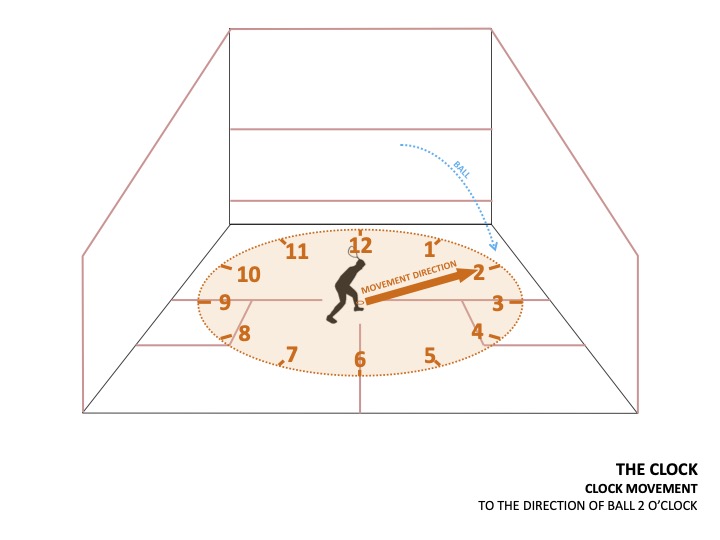
Part 5
The player’s required direction relevant to The General Hitting Zone is achieved by: The Clock Direction a diagrammatical perspective that the player uses to assist when identifying the direction required to move to The General Hitting Zone for The Forehand Open Plane Straight Slice Drop.
On this occasion the perspective encompasses: The player’s initial positioning “On The T”: The General Hitting Zone at approximately 2 o’clock time position (on the circumference) which is dependant on the opponent’s shot: The direction the player has to take (the hand of the clock) which is the distance (radius) to The General Hitting Zone.
The Forehand Open Plane Cross Court Lob
The player uses The Forehand Open Plane Swing to play a lob when the player is not stretching and the ball is not extremely low. That is, the player is balanced
The swing is very deceptive
The Clock
Unlike the forehand drop shot which has a specific contact point (approximately 4 o'clock) the lob has a natural approximate range between 1 o'clock and 2.30 o'clock
A diagrammatical perspective that the player uses to assist when identifying the natural contact point for The Forehand Open Plane Cross Court Lob
In this example, this perspective encompasses the ball’s approximate 2.30 o'clock time position which is the general direction of The Step Hit the player has to take and also the player’s radius distance (the hand of the clock) of the Step Hit which is needed to contact the ball.
Diagram coming....
The Forehand Open Plane Cross Court Lob The Clock Direction
The player’s required direction relevant to The General Hitting Zone is achieved by: The Clock Direction a diagrammatical perspective that the player uses to assist when identifying the direction required to move to The General Hitting Zone. Example:When the player moves forward from the T to play The Forehand Open Plane Cross Court Lob
The visualised hitting zone is between 1 o'clock and 2.30 o'clock and the player takes a 2 o'clock path to the zone

The Forehand Open Plane Swing - Volleying
The Forehand Open Plane Straight Defensive Volley Drive, Straight Attacking Volley Drive and Straight Volley Drop Part 1 The Backswing
On this occasion, just prior to the forward swing beginning the player collapses at the elbow joint to approximately 70 degrees, however, the player may not collapse the arm, unless the contact point is extremely high where the arm always collapses, and on this occasion to approximately 45 degrees.
The Forehand Open Plane Straight Defensive Volley Drive, Straight Attacking Volley Drive and Straight Volley Drop Part 2 The Forward Swing
When volleying the ball above waist height whether the player defends soft and deep, attacks with a hard drive or attacks with a soft drop, the player uses the Clock to identify the contact area.
Ambidexterity
If not naturally ambidextrous the initial challenge the player has is to develop the non preferred hand.
Imagine rarely having to use your backhand
Introduction (The Author's Journal)
(In this section the author has decided to write in the first person).
Forty years ago I had a student who was ambidextrous and changed hands to hit the ball. I encouraged him to make a decision to use just one and develop a backhand. This was based on the fact that his method was to swap the racquet from the left hand to the right and vice versa. The rationale being that when playing at a higher level and when the opponent was positioned near the front wall and hit the ball with extreme power to the side that he was not holding the racquet he would struggle to change hands in time to hit the ball. This logic was correct.
However on (April 2nd 2019) at around 3am I had an epiphany. If I grip the racquet with both hands I will have time to react to a power drive by releasing the appropriate hand and using the other hand to hit the ball. On these ocassions I would always be using a forehand.
Thus, I realised that although my initial logic was correct, I had failed to examine the 'but' scenario. That is, looking for better logic and then presenting it.
Wow! Imagine squash players using a double grip in between rallies (may not when reflexing when the ball is hit at the body) and then releasing one hand and hitting the ball with a forehand with the other hand.
Wow! Imagine tennis players who already use a double grip in between and during rallies (may not when reflexing when the ball is hit at the body) and then releasing one hand and hitting the ball with a forehand with the other hand. Imagine never having to run-around to play a forehand and thus, covering less distance and being better positioned to play the next shot. What about the extra power!
Well, I got on court (Sunday 7th April 2019) and tested my theory in twenty different scenarios. Present where Nat Wolff, Aidan Karayilan (coaches I mentor) Mladen (student) and Colin Farquharson (student).
I only used a backhand when an extreme reflex was required (ball aimed at the body). Furthermore, I could straight drive balls I would normally have to boast; I could boast balls I could not get back into play and I had more time to react to my opponent's shot. Furthermore, I was better positioned to play the next shot (the "T" felt so close).
Nat Wolff offered his time to experiment with this new concept. After a couple of months doing solo practise, on Sunday 23rd June Nat was ready for two feeder routines. Both Aidan and I (feeders) were amazed at his skill level on his non preferred side. His enthusiasm was infectious as the quality of his hitting and the ease which he approached this new concept even surprised me.
We continued experimenting for the next three months which included matchplay and the results were astonishing.
Back on court (Sunday 7th July 2019) with Nat and Colin doing two feeder routines before engaging in some matchplay. Match conditions…. I watched with some apprehension. The theory passed with flying colours. Nat's focus on re-gripping the handle with both hands was critical and as the match progressed it was evident that he was rewarded for his efforts. My apprehension turned into excitement. Nat could not contain his.
If you don't employ "My Strategy", occasionally, you may not create enough time after releasing one hand to re-grip the racquet with that hand. For example, when the opponent is in either Zones D3, D4 or D5 and you are positioned incorrectly at the front.
However, if you do you use "My Strategy" you should be positioned correctly and when the opponent drives the ball with extreme power at your body you will have time to re-grip the racquet and use a single or two handed backhand. That is, if the ball is driven perpendicularly towards the middle of your body you can release either hand (or not) and use your backhand. Furthermore, if the ball is driven cross court from either side to the left or right of centre you can release your left hand (or not) or your right hand (or not) and use your right hand backhand and left hand backhand, respectively.
On court (Sunday 28th July 2019) with Nat and Jarrod (student) doing two feeder routines. Again, Nat maintained his emphasis on, after hitting the ball, to quickly re-grip with the non hitting hand. Furthermore, I suggested to Nat not to be concerned about which hand was high or low on the grip. Although, we did discover that when Jarrod played a boast from the back then Nat had time to move the single grip down the shaft. After the routines they had some matchplay. Jarrod was impressed how Nat had more time to react which then gave Jarrod less time to retrieve the ball. A great session.
Unfortunately, Nat sustained a chronic injury to his right arm which prevented further development.
I am hopeful that one of my coaches will begin to teach this technique.
When appropriate I would encourage my students to use the ambidextrous swing.
Several years later on Monday 10th of May 2022 one of my squash students sent me the video below.
The Pros and Cons of playing ambidextrously with The Nash Swing
The front foot is defined as when the player hits a ball using the right hand the left foot leads and when the player hits a ball using the left hand vice versa, respectively.
The back foot is defined as when the player hits a ball using the right hand the right foot trails and when the player hits a ball using the left hand vice versa, respectively.
The Pros
The player can make contact with the ball further back thus the player
. can straight drive instead of boasting
. can boast when unable to get the ball into play
. has more time to react and consequently can reflex better
. Is better positioned to play the next shot
. can generate more power
. does not have to run around to use the preferred forehand
. when hitting the ball off the back foot the player is closer to the ball
. when hitting the ball off the back foot the player creates more opportunities for more of the same angles
. when hitting the ball off the back foot the player creates more opportunities to close the angle and thus cover less distance
. when hitting the ball off the back foot and the player is stretching to reach the ball the player creates more opportunities to return the ball
Cons
If not ambidextrous the initial challenge the player has is to develop the non preferred hand.
When hitting the ball off the front foot the player is further away from the ball
The Forehand Open Plane Ambidextrous Swing
The Nash Swing (My Swing)
Introduction
The Grip
Using The Forehand Open Plane Swing on both the backhand side and forehand side by initially gripping the racquet with both hands (like a tennis player) and after identifying what side the ball is going releasing one hand and hitting the ball with a forehand with the other hand.
The player grips the racquet handle with both hands each using the Neutral Grip.
The player can place either hand high or low. It is recommended that when the player is returning serve on the orthodox backhand side to grip the racquet handle lower with the left hand than the right hand and vice versa when returning serve on the orthodox forehand side.
Initially, the player focuses on the technique of immediately releasing the non hitting hand on identifying which side to play the next shot then after hitting the imaginary ball by regripping the handle with the non hitting hand on returning to the T area.
After the player has done holistic ghosting the player then introduces The Matchplay Solo Ghosting Routine
Once the technique becomes natural the player focuses on shot selection by identifying what zone the player is in and if applicable whether balanced or not. Furthermore, the player concentrates on returning to the correct T positioning and then if the imaginary ball is driven, hunting for the ball with a lateral step jump. Finally, the routine also covers the three energy systems: Phosphagen, Anaerobic Glycolysis and Aerobic Glycolysis and their specific relation to squash.
Copyright South Australia Squash Academy Michael Nash All Rights Reserved


